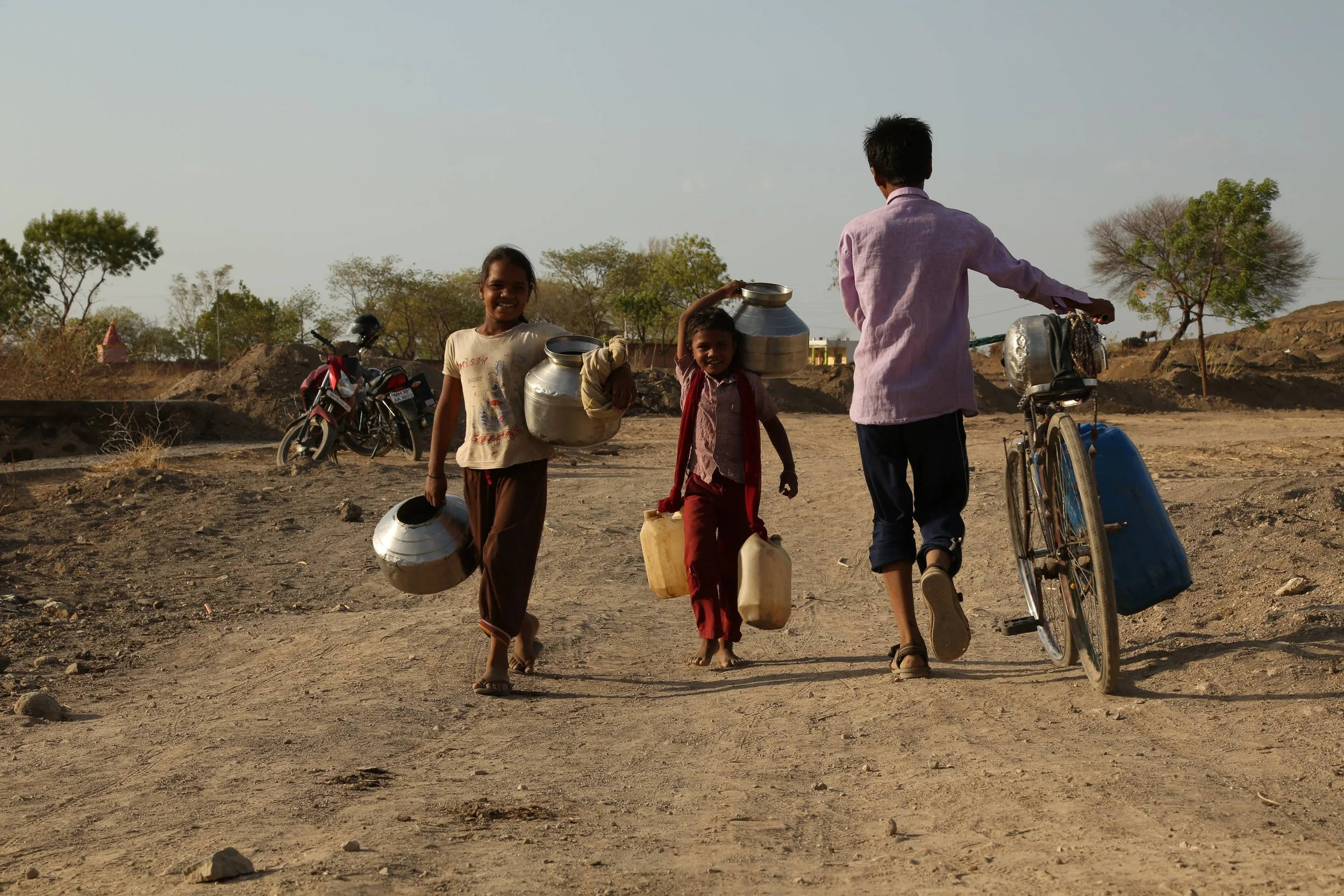5 Reasons To Go Vegan For The Planet
The link between animal agriculture and the loss of our rainforests is more important than you might know.
A vegan diet has a significantly lower carbon footprint and requires much less land use and water resources than a non-vegan diet.
In particular, going vegan protects the forests and shows that you are against deforestation and land clearing for animal agriculture. Animal agriculture continues to be the key driver of mass deforestation and loss of forest biodiversity. Every time you eat a plant-based meal, you tackle climate change and reduce your environmental impact on the planet.
In this article, I will explain why shifting to a vegan diet is the best environmental decision you can make.
Deforestation
Forest ecosystems are a critical component of the world’s biodiversity. More than half of the world’s forests are found in only five countries: the Russian Federation, Brazil, Canada, the United States of America and China.
Livestock production is the primary cause of deforestation and natural habitat loss worldwide. This activity requires enough land for the animals and the crops these animals eat.
Livestock production, including crop farming, accounts for three-quarters of all agricultural land surface on the planet. This makes meat production the single most considerable anthropogenic land-use activity.
According to different studies, over 75% of all deforested lands are now used to grow livestock, pasture and feed crops such as soybean.
Today, most of the crops produced worldwide are used for animal feed. For example, 80% of all soy goes directly to feed livestock.
Suppose the trend of our meat consumption continues just as it is today. In that case, developing countries will need to expand their agricultural land base by 3 million km2 over the next 35 years to meet the world’s demand for animal products!
Methane Emissions
Livestock is the single leading contributor to methane emissions. We all know carbon dioxide (CO2), but methane (CH4) is a greenhouse gas much more potent than CO2 (precisely 25 times more powerful). Furthermore, 53% of all agricultural methane emissions are caused by ruminant enteric fermentation.
Enteric fermentation is a process in the rumen of ruminant animals like cattle, buffalos, sheep and goats. Enteric fermentation contributes to 28% of all methane anthropogenic emissions worldwide.
Animal practices release large amounts of nitrous oxide (N2O). Nitrogen fertilisers are widely used for animal feed crops. In addition, there is a considerable percentage of inorganic nitrogen compounds in these animal’s manure. Thus, fertilisers and animal manure production increase the amount of nitrogen in the soil available for microbes.
These nitrogen-rich compounds are released into the atmosphere as nitrous oxide (N2O), a greenhouse gas 300 times more potent at warming the planet than CO2.
Another problem with N2O generation in these activities is that this gas also depletes the ozone layer in the stratosphere, contributing to the ozone hole.
Water
Water demands due to population increase and droughts caused by climate change have brought water scarcity to many regions across the globe.
According to different studies, meat consumption significantly contributes to the rise in a country’s water footprint. This indicator quantifies the freshwater volume used to produce goods and services consumed by a nation’s people.
The contribution of meat to this indicator is linked to the number of processes needed to deliver this product to the consumer. In all these stages, product selection and inefficiencies take place. Therefore, the higher we go up in the product chain, the higher its required water content to make a 'meat' product.
The amount of water needed to produce one ton of maise is 900 m3, while for one ton of beef, this value is a staggering 15500 m3.
Food Insecurity
According to the World Food Programme, as many as 828 million people go to bed hungry every night. In addition, acute food insecurity has increased dramatically from 135 million to 345 million since 2019.
Now, the world is facing a food crisis leading millions of people to experience starvation. Whilst there are several contributing factors, including global conflict and climate change, there is another issue; the demand for the agriculture industry.
Livestock requires grain, water, antibiotics and land. It is a highly resource-heavy production line where farm animals consume more than five times as much food as all human beings! In addition, grain grown on the land of impoverished countries is often exported to wealthier countries to be fed to animals instead of returning to the local people who need it most.
Final Thoughts
When you adopt a vegan diet, there are several positive outcomes for the planet. Your decision reduces your carbon footprint as you require less land and water. In addition, fresh local produce grown locally reduces that footprint even further as livestock imports and exports are still a major issue for both animal and environmental rights. Not only do you also save the lives of animals each year but you take a stand for world hunger by embracing a sustainable plant-based diet.
About The Writer
Belén Silva is a Chemical engineer from Argentina. She started her freelance writing and environmental consulting career after working for many years as an environmental engineer.



